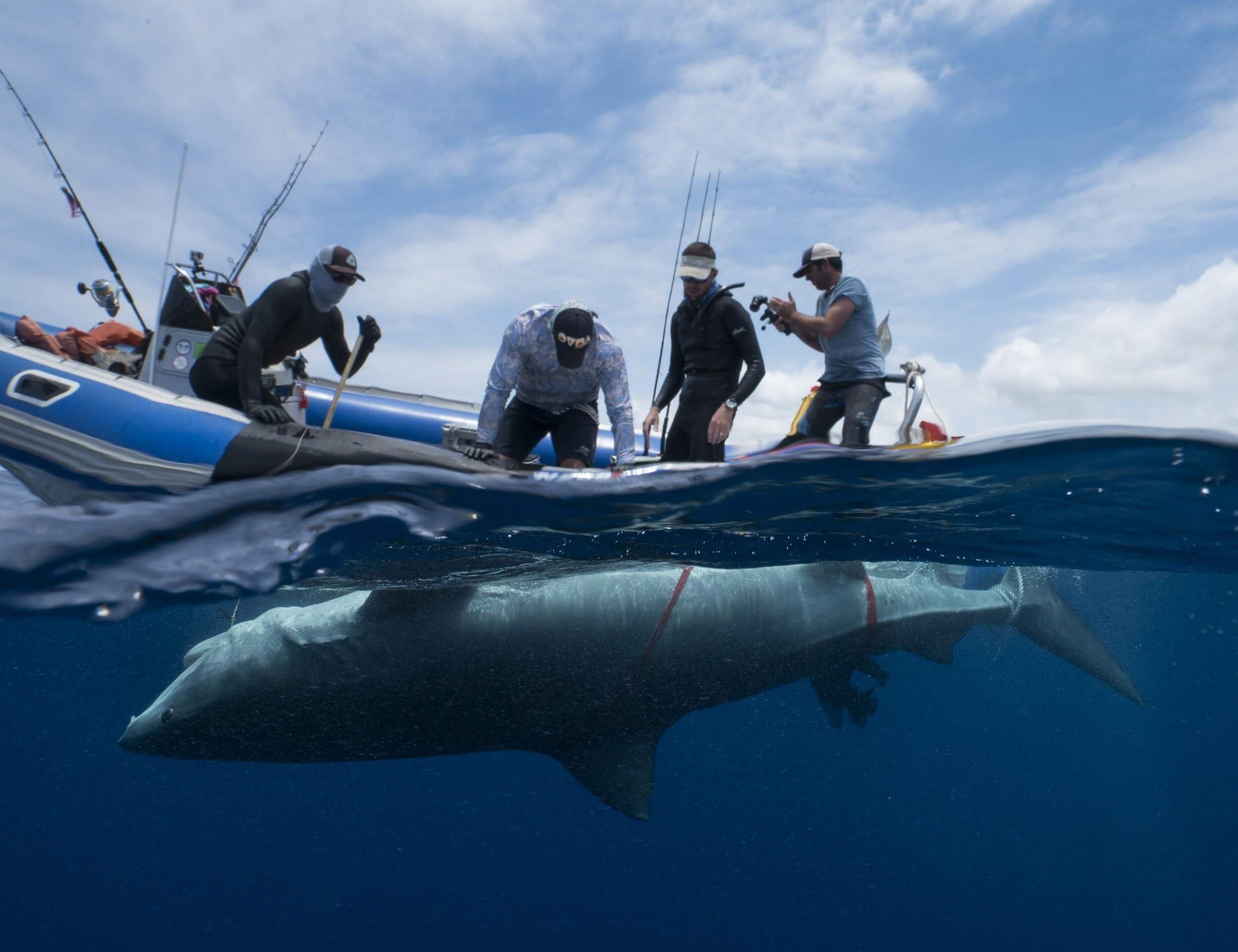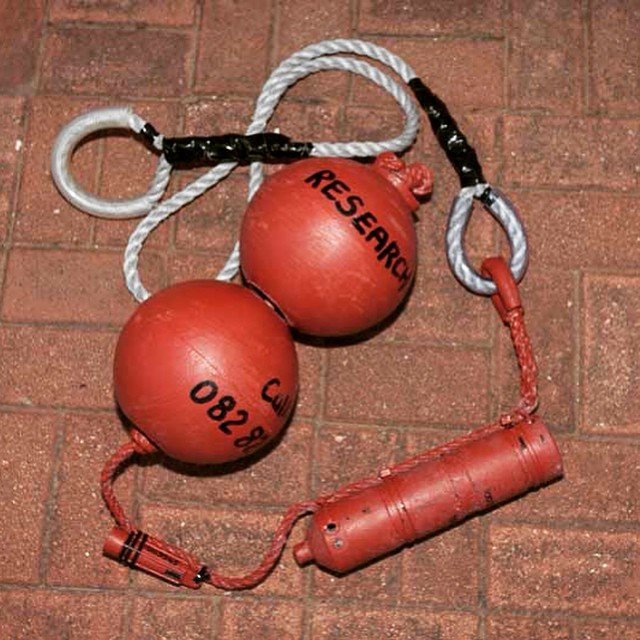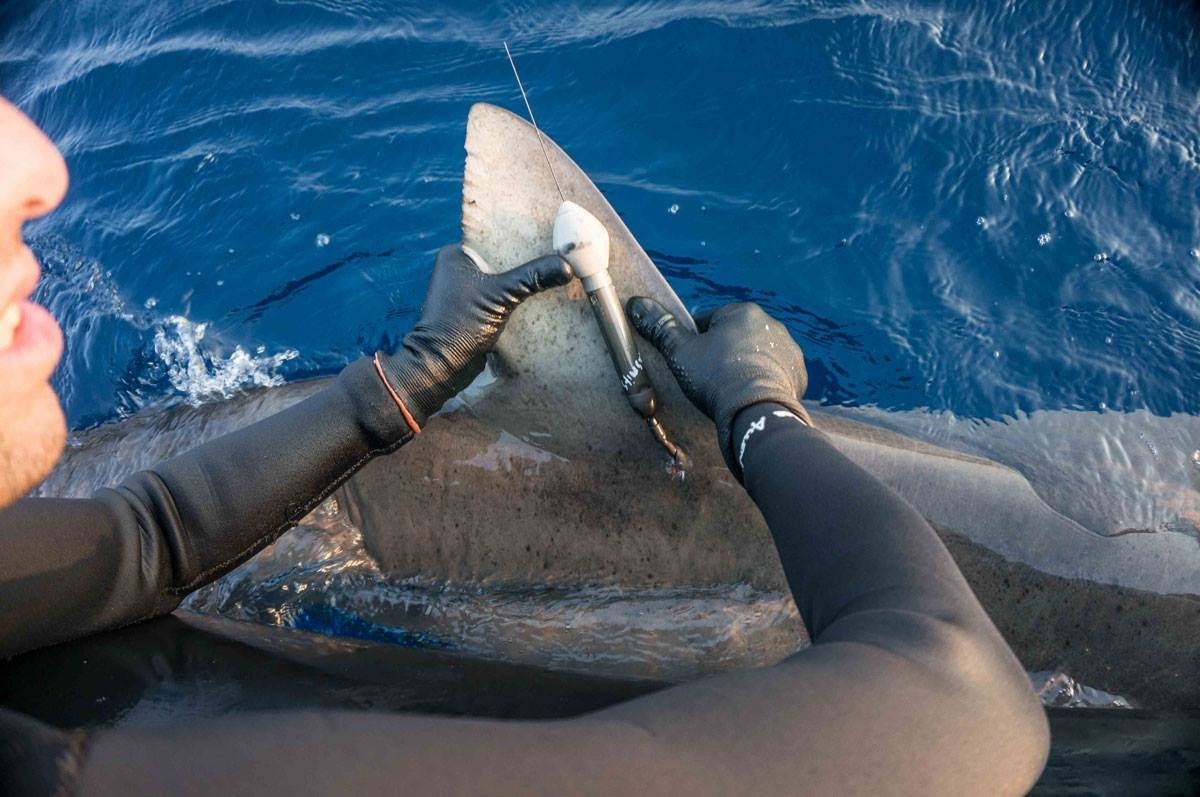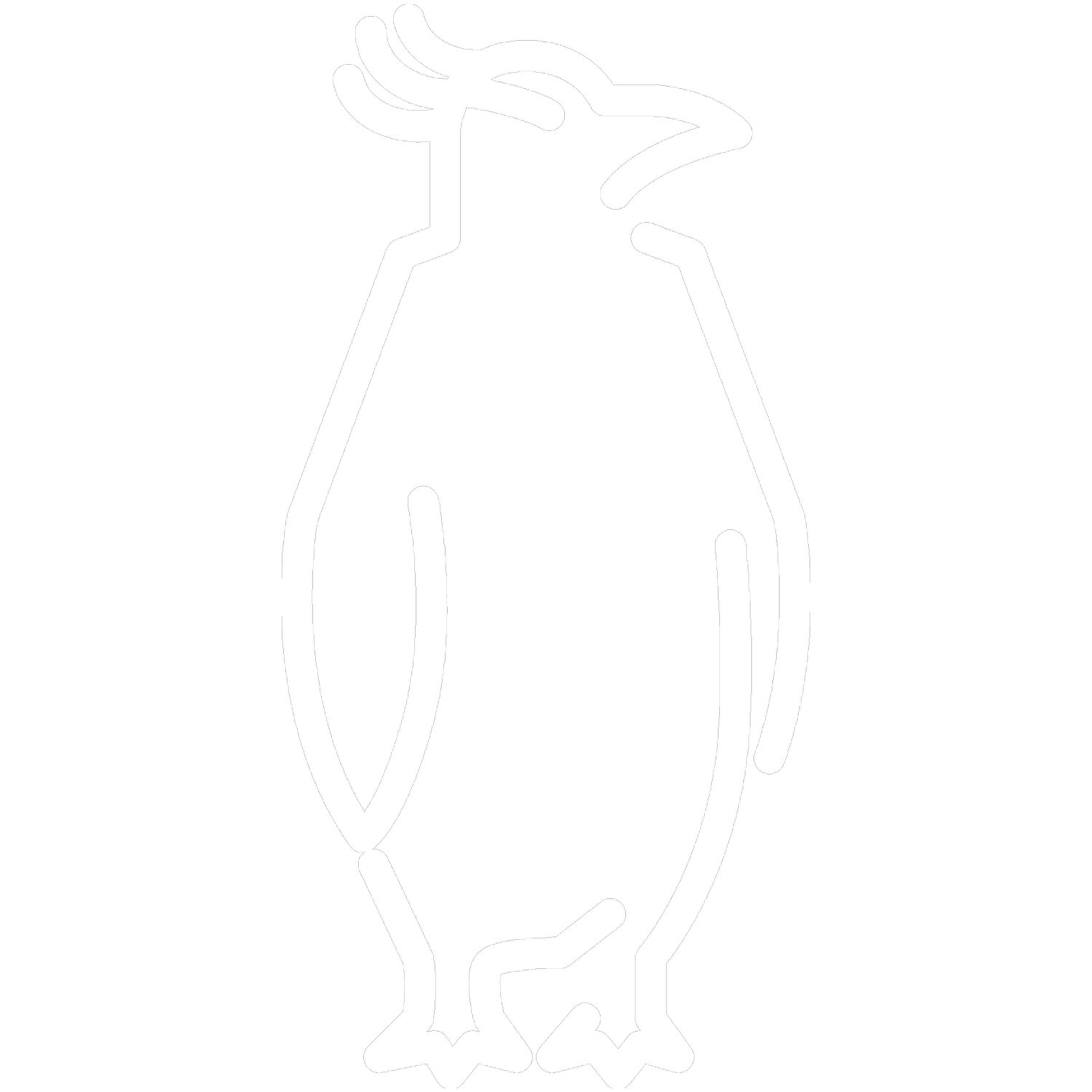
Sharks and Big Fish
South Africa | Mozambique
Apex predators lead us to the healthiest parts of the oceans.
Tracking sharks leads us to the places they visit over and over again, revealing to us where to focus our protection efforts, first.
Satellite & acoustic tags tell us where sharks go, and what they’re up to while we’re not around.
Small samples of muscle or skin tell us who’s related, who’s eating who, who’s pregnant and who’s sick or poisoned.
Armed with real data we promote inclusive protection and sustainable uses of Marine Reserves.
For more than 13 years, with 102 individual sharks and giant trevally electronically tagged, we have identified critical habitats - places sharks return to over and over again.
We’ve quantified shared natural resources between Mozambique and South Africa through cross-border movements.
With humble beginnings, this is one of the longest running and largest shark tagging projects in the world, now contributing to a broad understanding of apex predators in the south-east Indian Ocean.
The Maputo Special Reserve is now double the size it was when we started in 2008.
A bull shark swims past a ‘Receiver’ - one in an array of electronic devices listening for tagged animals.
Select Findings
Sharks
We’ve identified a critical (super important) area for southern Africa’s sharks and big fish.
The animals here are a shared resource - individual sharks cross the border between south Africa and Mozambique 80-90 times a year to feed and breed.
Some sharks make return migrations every year - sometimes swimming 6000km a year. One shark swam 42km per day, every day, for 7 months.
Findings strengthened conservation efforts in a Marine Reserve declared in 2008. The reserve has doubled in size since.
Giant Trevally
We discovered the largest breeding aggregation of Giant Trevally on the planet.
A large proportion - perhaps all - of South Africa’s Trevally species aggregate in Mozambique each year. They come here to breed.
We discovered important breeding and feeding grounds for several of southern Africa’s Trevally and large shark species.
The aggregation takes place at (very) specific times.
Some giant trevally swim +1000miles to the breeding site every year - they learnt this from other Giant Trevally.
Project Lead: Dr Ryan Daly
Latest Project
False Bay, Cape Town, South Africa
Project Goals:
Identify critical habitats, movement patterns & residency for Spotted Gully Sharks
Understand shifting ecosystem dynamics - implications for climate change.
Connect the general public in-person and online with these mysterious sharks, hiding in plain sight.
Build a profile and heightened protections for this lesser-known, enigmatic, species of shark.
Spotted Gully Shark
Triakis megalopterus
Cape Town’s Great White Sharks have moved on.
Now, new apex predators take centre stage.
In partnership with the Two Oceans Aquarium Foundation, Acoustic Tracking Array Platform and The Shark Spotters, our focus has turned to the elusive and shy Spotted Gully shark.
A collaborative effort to tag and track the new apex predators of False Bay (Cos we can’t afford to lose them too).
Project Supporters
Learn More
Meet a Real Life Shark Scientist - Online Experience
Book a 1hr Online Experience for you, your partner, family or colleagues.
An interactive show with unseen footage, stories, findings and secrets uncovered through 13 years of work.
“Like a nature documentary, but you get to ask questions!”
Gallery

Photo Identification of Sharks provides a valuable record of who's been where over time.

Listening Stations record the pings of acoustic tags

A pop up satellite tag enables us to follow shark species even if they do not visit the surface (there's no signal underwater).

SPOT Satellite shark tags for Tiger and Hammerhead sharks

Acoustic tags 'ping' continuously for up to 10 years. Hydrophones enable us to listen to pings from nearby sharks.

We receive donations of pre-loved equipment, enabling those interested to experience the ocean as a marine biologist.










